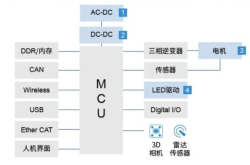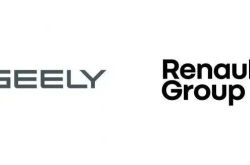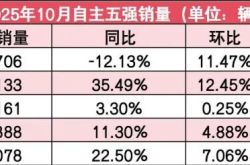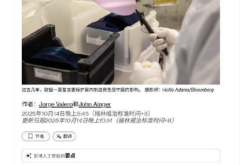Embracing AI: The Industrial Internet's Dawn Approaches
![]() 05/26 2025
05/26 2025
![]() 519
519
Currently, an evolution spearheaded by AI is unfolding across various sectors, encompassing both internet giants and traditional manufacturers. This signifies the dawn of a new AI-led revolution. Through this revolution, the landscape of the industrial internet becomes increasingly clear.
To summarize the current transformative shifts in AI, it represents a clarion call for the industrial internet. As entities increasingly embrace AI and undergo subsequent changes, the industrial internet's arrival accelerates. Deep analysis of AI's operational logic reveals it as fundamentally distinct from the traditional internet. This distinction underscores that the ongoing transformation is not merely a variant of the consumer internet but a unique entity with its own characteristics. If we were to encapsulate this entity, the industrial internet emerges as the most fitting label.
We have witnessed how internet-driven technology fueled the consumer internet's derivation, development, and prosperity. As AI-centric technology flourishes, we anticipate a similar trajectory for the industrial internet. With growing AI adoption and new waves of development, the industrial internet's strides draw nearer.
AI is redirecting the industry's focus back to its core.
During the consumer internet era, a notable phenomenon emerged: entities that garnered significant traffic and transformed C-end traffic thrived. The consumer internet era can thus be characterized as one dominated by acquiring and transforming C-end user-centric objects. In this era, industry focus shifted to C-end users rather than B-end industries.
A direct consequence of this consumer internet feature is the profound transformation of C-end users' consumption behaviors, habits, and needs. Online consumption and lifestyles dominated by the consumer internet became ubiquitous. However, merely transforming C-end user behaviors without addressing supply-side changes failed to meet upgraded C-end user needs. Consequently, as traffic growth stagnated, the C-end user-centric development model encountered increasing challenges.
Entities sought to transcend the C-end user-centric model, explore B-end user transformation methods, and meet C-end users' new needs through innovative supply strategies. After extensive exploration, AI emerged as the breakthrough. Through AI, entities are no longer industry outsiders or C-end user-centric, but integral to the industry itself, capable of driving essential and profound changes.
This aligns with the industrial internet's core essence. Despite the term "internet," the industrial internet is fundamentally "industry"-centric. AI enables entities to shift focus from the "internet" to the "industry," coinciding with the industrial internet's internal logic. As entities embrace AI, industry focus increasingly returns to its core.
AI is dismantling barriers between centers and platforms.
In the consumer internet era, C-end users passively accepted and transformed, obtaining products and services through large centers and platforms. This era was marked by platform and center construction. Under this logic, large platforms and centers became dominant, leading to their proliferation.
With the advent of AI, especially as it integrates into more industries and scenarios, C-end users no longer rely on large platforms and centers. Instead, they play an active role, providing their needs directly to upstream industrial and production ends. Similarly, the industrial supply side now supplies directly to C-end users, bypassing large platforms and centers.
Large platforms and centers are evolving into "new infrastructure." The rise of instant retail and farm-to-table food delivery exemplify this decentralization trend. As platform and center barriers dissolve, a new industrial internet-driven development model emerges.
In essence, AI's dismantling of platform and center barriers, and its realization of a new model from industry to consumer, signals the industrial internet's maturity. AI is making the industrial internet model tangible.
AI is redefining the roles and positions of industry stakeholders.
In the consumer internet era, the roles of the industrial and consumer ends remained largely unchanged, with only connection methods evolving. The proliferation of "internet+" models reflects this surface-level change. The consumer internet model's pain points and challenges during traffic peaks and scale expansion bottlenecks underscore its limitations.
A key reason for this is the consumer internet era's unchanged industrial and consumer end roles. With such roles, growth was possible only before traffic peaked and scale solidified. Once these thresholds were reached, development faced obstacles, indicating the consumer internet's short-term nature.
In the AI era, industry stakeholders' roles are undergoing profound changes. Traditional suppliers and receivers are being redefined. This role remix suggests the industrial internet era's vast, long-term development potential. If the consumer internet era scaled in the hundreds of billions, the industrial internet era aims for trillions.
Final Thoughts
As AI adoption grows and transforms industries, the industrial internet's approach becomes evident. If the internet was the consumer internet era's "infrastructure," AI serves as the industrial internet era's foundation.
Recognizing AI's differences from the internet reveals its natural fit with the industrial internet. This understanding highlights the industrial internet's imaginative potential and guides us toward suitable development pathways.





